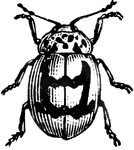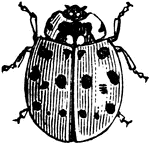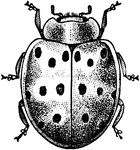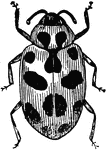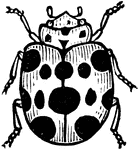Clipart tagged: ‘Ladybug’
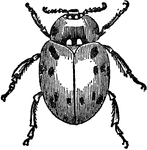
Ladybird
A class of small insects or beetles found commonly on plants and trees. They are noted for their various…
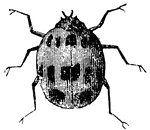
Ladybug
Ladybugs, or lady-birds look like little colored and spotted turtles. The larvae of these beetles prey…
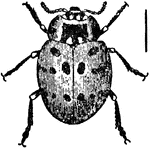
Ladybug
Coccinellidae is a family of beetles, known variously as ladybirds (British English, Australian English,…
Nervous System of a Ladybug Larva
Nervous system of the larva of a ladybug. Labels: Gfr, frontal ganglion; G, cerebral ganglia; Sg, subcesophageal…
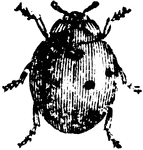
Seven Spotted Ladybug
The seven spotted ladybug is one of the most common species of ladybug. The ladybug is also known as…

Grub of a Seven Spotted Ladybug
Ladybugs are a type of small beetle. The larvae feed on aphides, making them beneficial to horticulturalists.



